Homemade Wine: How To Make Wine From Any Fruit, Vegetable or Flower
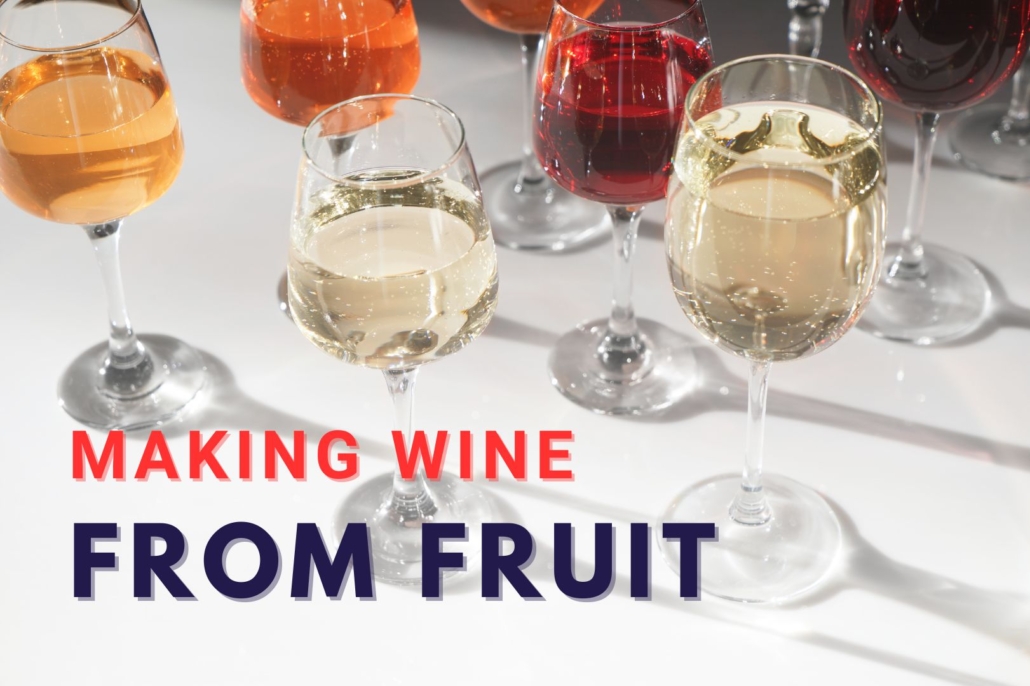
Fruit wines are a great alternative to traditional grape wines, especially where it is hard to come by enough wine grape to make a batch. I have written a lot about making fruit wines and there are loads of recipes here on home brew answers.
In this article, we will cover making wines from any fruit, or even flowers and vegetables too. Allowing you to combine fruits to make unique fruit wines rather than just a single variety of fruit.
Table of Contents
What Is Fruit Wine?
Fruit wine is an alcoholic beverage made by fermenting the juice, pulp or mash of fruits other than grapes. Fruit wines is a catchall term and similar style wine can also be made with flowers or vegetables.
Fruit wines often require the addition of sugar to boost the alcohol content and balance the natural acidity of the fruit. The fermentation process can also be more challenging due to the presence of pectin and other compounds in the fruit but these difficulties are easily countered with wine-making nutrients and additives.
Despite these differences in production, homemade fruit wines can rival grape wines in complexity, balance and drinkability. The end result captures the unique flavours and aromas of the source fruit in the wine.
Why Make Wine With Fruit?

Fruit wines allow you to experiment with the vast array of flavours especially when you have an abundance of produce from your garden or farmers market. From berries and stone fruits to citrus and tropical fruits, the options for creating your own unique fruit wines at home are endless.
In this article, we will provide you with the knowledge and recipes to get started crafting your own fruit wines.
Fruit wines are relatively easy to make at home, requiring only a few basic ingredients and equipment. The process involves mashing or juicing the fruit, adding sugar and yeast, and allowing the mixture to ferment for several weeks. With the right recipes and techniques, you can produce fruit wines that rival those found in stores.
What We Will Cover In This Guide
We will begin by discussing the equipment and supplies needed to make fruit wine, including fermentation vessels, airlocks, funnels, strainer bags, and sanitisers. Next, we will cover the basic fruit winemaking process from start to finish, highlighting key factors that influence flavour and quality.
Then, we will dive into some fruit wine recipes featuring berries, stone fruits, tree fruits, and more. The recipes cover a range of wine styles from dry to sweet and provide guidance on adjusting acid and sugar levels to achieve the perfect balance.
We will also look at customising your wines by adding flavours like herbs, spices and wood that will really pick up the complexity of your wine. Additional flavourings are often overlooked but just like with cooking the addition of herbs or spices, particularly with certain fruits will take your wine to the next level.
Equipment Needed To Make Homemade Wine From Fruit
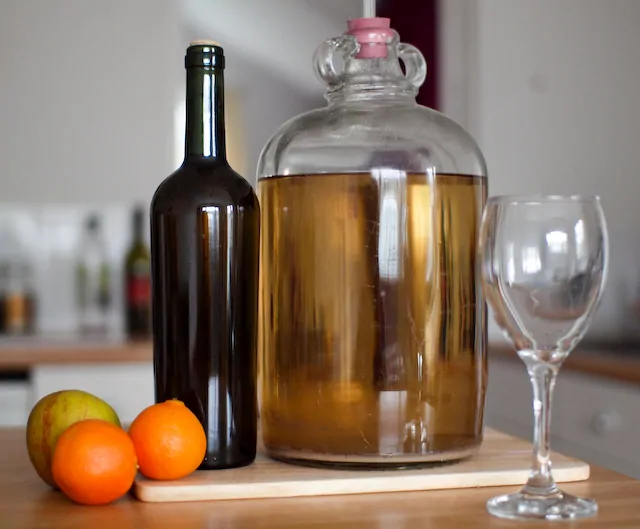
When first starting out making fruit wine, I recommend keeping your equipment simple and inexpensive. Fancier equipment can be purchased later if you find you enjoy the process and want to expand your operations. However, with just a few basic items, you can produce perfectly drinkable fruit wines as you learn the ropes.
Primary Fermenter / Fermenting Bucket: All you need is a food-grade plastic bucket with an airtight lid. A 3-gallon bucket is a good size for most beginner fruit wine recipes which are a 1-gallon usually. The bucket acts as your primary fermenter where the fruit and yeast mixture will sit and bubble away for the initial fermentation stage.
Demijohn/Carboy: After the initial fermentation in the bucket, you can transfer the wine to a glass or plastic demijohn (carboy) for secondary fermentation. This helps clarify the wine and reduces exposure to oxygen.
Airlock & Bung: An airlock is a one-way valve that allows carbon dioxide to escape from the fermenter while preventing outside contaminants from entering. This helps control the fermentation and reduce the risk of infection. Basic S-shaped airlocks can be purchased for just a few dollars.
Siphon Tube & Bottling Wand: It is not a good idea to pour wine when its being made, this introduces oxygen which will age the wine quicker. Wine is racked from vessel to vessel by siphoning and I would recommend a bottling wand to fill bottles.
Bottles, Corks & Corker: You will need bottles and corks to bottle your wine. You can reuse bottles so clean them and save them when you finish a wine and a corker is a device to push the corks into the bottles.
Measuring Cups and Spoons: You’ll need basic measuring cups and spoons to accurately measure out the sugar, yeast, and other ingredients in your fruit wine recipes.
Fine Mesh Straining Bag: A mesh straining bag allows you to remove the fruit solids from the juice after mashing and squeezing the fruit. Reusable nylon strainer bags can be found for really cheap.
Sanitiser: Some basic no-rinse sanitiser is essential for cleaning and sanitising your equipment between uses to avoid contamination. Your local or online home brew retailer will have plenty to choose from and they are inexpensive sanitisers that work well.
Hydrometer & Test Jar: A hydrometer is a tool to measure the density of a liquid. In winemaking, we use a hydrometer and trial jar to measure the sugar content of the wine before and after fermentation. This tells us the progress of fermentation and importantly the amount of alcohol in the finished wine.
That covers the bare minimum of equipment needed to get started making your own fruit wines. Keep it simple, focus on the winemaking process, and have fun experimenting! You can always upgrade your equipment over time if you decide the hobby is for you.
Cleaning & Sanitising For Fruit Wine Making
Cleaning and sanitising are critical to the success of your fruit wine. Without proper sanitation, your wine can become contaminated with bacteria or wild yeast that will spoil the wine and ruin the flavour and aroma.
It is important to note that no pathogenic bacteria that can make you ill will survive in wine. The worst thing that will happen is the wine will taste and smell bad.
When making fruit wine, it is important to clean and sanitise all equipment, surfaces and containers that will come into contact with the fruit, juice or wine.
It’s also important to sanitise your hands thoroughly before handling any of the fruit, juice or wine. Wearing disposable gloves that you change frequently is a good practice.
Use a no-rinse sanitiser specifically made for brewing and winemaking. Follow the manufacturer’s instructions for mixing the proper concentration of sanitiser and soaking times, don’t be tempted to add more or less.
Neglecting sanitation is a surefire way to ruin an entire batch of wine.
The Basic Process Of Making A Wine From Any Fruit, Vegetable Or Flower
Most fruit wines follow very similar steps to produce. Whether you are making a berry wine, apple wine, stone fruit wine or even a dried fruit wine these steps will explain the process:
- Selecting and preparing the fruit: Choose ripe fruit in good condition and wash or scrub as needed. The fruit may need to be crushed, mashed or juiced depending on the recipe.
- Extracting flavour from the fruit: In most cases, primary fermentation happens with the fruit flesh and juice in the fermenter. The fruit is placed in a straining bag in the fermenter and crushed or broken down.
- Adding sugar: Most fruit wines require additional sugar to boost the alcohol content and balance the acidity. The amount of sugar needed will depend on the type of fruit and desired sweetness.
- Adding additives: Producing the best wines requires some additives, I will explain those in a moment but if you are serious about making fruit wine you’ll need to buy some home brew shop or online.
- Adding yeast. Wine yeast is added to the fruit-sugar mixture to start the fermentation process. Wine yeast strains are best for producing quality fruit wines.
- Primary fermentation: The fruit-sugar-yeast mixture is placed in an airtight container and left to ferment for 1-3 weeks. During this stage, the yeast converts the sugar into alcohol and carbon dioxide.
Fermentation: The fermentation process produces the alcohol in the wine. The yeast “eats” the sugar in the fruit juice and produces alcohol and carbon dioxide as byproducts. The CO2 escapes through an airlock, while the alcohol remains in the wine. A vigorous and active fermentation is important to produce a balanced fruit wine.
- Transfer to demijohn/carboy: After 1-3 weeks of primary fermentation, the fruit wine is transferred to a glass carboy to continue fermenting. This helps clarify the wine by separating it from the sediment and pulp.
- Secondary fermentation: The fruit wine remains in the carboy for several weeks or months to complete fermentation. This stage helps develop flavour and refine the taste.
- Conditioning: Once fermentation is complete, the wine is left to “condition” for a few months. This allows excess yeast and particles to settle out, clarifying the wine further.
- Bottling: After conditioning, the clear fruit wine is siphoned from the carboy and bottled. The bottles are capped or corked and stored upright to age.
That covers the basic steps from start to finish for making fruit wine at home, from fermentation to bottling. Following these steps will produce a delicious and unique fruit wine with balanced flavours.
Homemade Wine Ingredients & Wine Making Additives
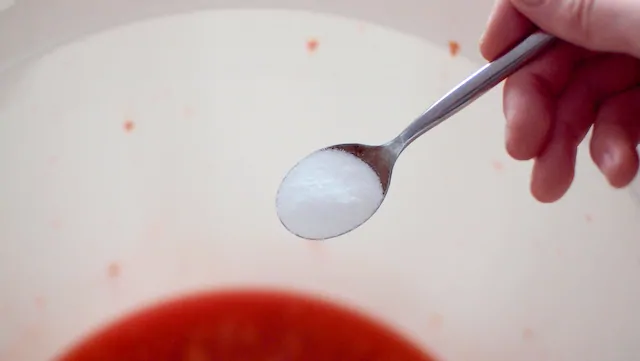
Many of the chemicals and additives used in fruit winemaking are the same as those used in grape winemaking. The primary ones are:
Wine Yeast: Dried or liquid yeast is added to the fruit or must to start the fermentation process and convert the sugars into alcohol. Winemakers use specialized wine yeast strains for fruit wines. Don’t be tempted to use baker’s yeast.
Pectic Enzyme: This enzyme is added to help break down pectin in the fruit, which can otherwise cause the wine to become hazy. It’s especially useful for fruit wines made from apples and stone fruits.
Acid Blend: If the fruit lacks sufficient acidity, an acid blend (tartaric, malic and citric acids) may be added to balance the pH and help stabilize the wine.
Wine Tannin: Tannin, either from grape or oak sources, can be added to improve the mouthfeel and ageing potential of fruit wines that are naturally low in tannins.
Campden tablets / Sulfite: A small amount of potassium metabisulfite or sodium metabisulfite is typically added as a preservative and antioxidant early in the winemaking process.
Yeast Nutrient: A yeast nutrient may be added to the must to ensure the yeast has sufficient nitrogen and vitamins to facilitate a healthy fermentation. A low nutrient wine will result in a poorer wine with sluggish fermentation.
Sugar: Additional sugar in the form of corn or cane sugar is often needed for fruit wines to boost the alcohol content and balance the acidity. Other sugars can be used such as honey for meads.
For a more in-depth review of the various chemicals and additives used in fruit winemaking, including details on usage rates and benefits, see this article.
Racking & Conditioning Homemade Wine
Racking and bottling wine is an important part of the winemaking process:
Racking involves transferring the wine from one container to another, leaving the sediment behind. This helps clarify the wine. You can rack the wine multiple times during ageing, but we want to minimise the amount if we can. Your fruit wine recipe will state roughly when and how often to rack the wine.
To rack your wine:
- Sanitise all equipment like siphon tubing, racking cane, containers, and bottling wand.
- Siphon the wine from the current container into a clean, sanitised container. Leave the sediment behind.
- Use a racking cane to reduce splashing. For clear wines, rack from the bottom up to avoid disturbing the sediment.
Fruit wine typically needs several months to a year of conditioning and clearing after fermentation is complete. During this time, yeast cells and solids settle out of the wine, producing a clearer final product.
The length of conditioning time depends on the type of wine. Red wines generally require 6 months to 2 years while whites typically need 3 to 6 months.
By racking the wine periodically during this conditioning phase, you accelerate the clarification process and improve the final quality of the wine.
Bottling Fruit Wine
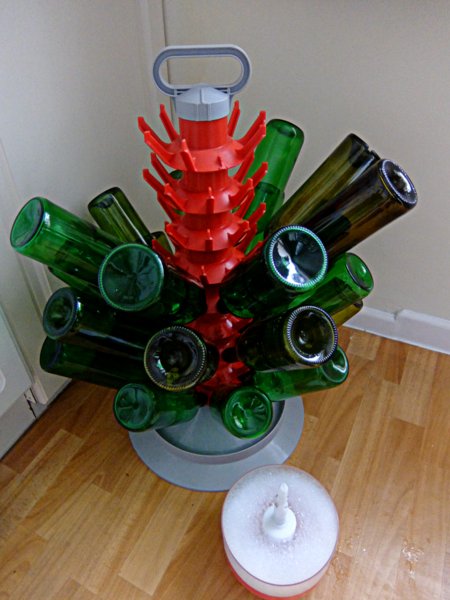
After fermentation is complete and the wine is crystal clear and conditioned, it’s time to bottle your homemade wine. Follow these steps:
1. Sanitise all equipment, bottle and corks thoroughly with no-rinse sanitiser.
2. Stabilise the wine (optional). For long-term stability, add potassium sorbate to prevent refermentation. Mix the potassium sorbate in a small amount of the wine, then stir into the carboy.
3. Backsweeten the wine if desired (you will need to stabilise the wine for this). To make a semi-sweet or sweet fruit wine, determine how much residual sugar you want by adding a small amount of sugar to a sample and calculate how much sugar is needed. Dissolve the sugar in some of the wine to avoid clumping, then stir into the carboy. A full guide to back sweetening can be found here.
4. Rack the wine into a clean vessel to leave behind any sediment.
5. Attach the bottling wand and bottle the wine. Leave 1-2 inches of headspace.
6. Cork or cap the bottles immediately. Store the bottles on their sides for a minimum of 2 – 3 months. The longer, the better.
Stabilisation prevents refermentation that could cause the wine to become fizzy particularly if you are back-sweetening the wine. Potassium sorbate stops the yeast from reproducing so the level of sugar remains stable.
Back sweetening allows you to achieve the perfect balance of sweetness and acidity for your palate. The amount of residual sugar also impacts the wine’s mouthfeel and flavour.
So when bottling your fruit wine, take the time to sample it, stabilise and backsweeten as needed. These simple steps will transform your wine into something that is perfect for your palate.
The bottling process marks the transition of your wine into its final stage. With a little patience and care, you’ll soon be celebrating your work with a glass of your very own homemade fruit wine!
Fruit Wine Recipes
This is the bit you have been waiting for. From classic favourites to more adventurous vegetable wines, these recipes will guide you through crafting your own unique fruit wines at home with your own fruits.
Whether you’re seeking a crisp and refreshing summer sipper, a bold and robust winter warmer, or a unique gift for a special occasion, the following fruit wine recipes provide a diverse range of options to suit every palate.


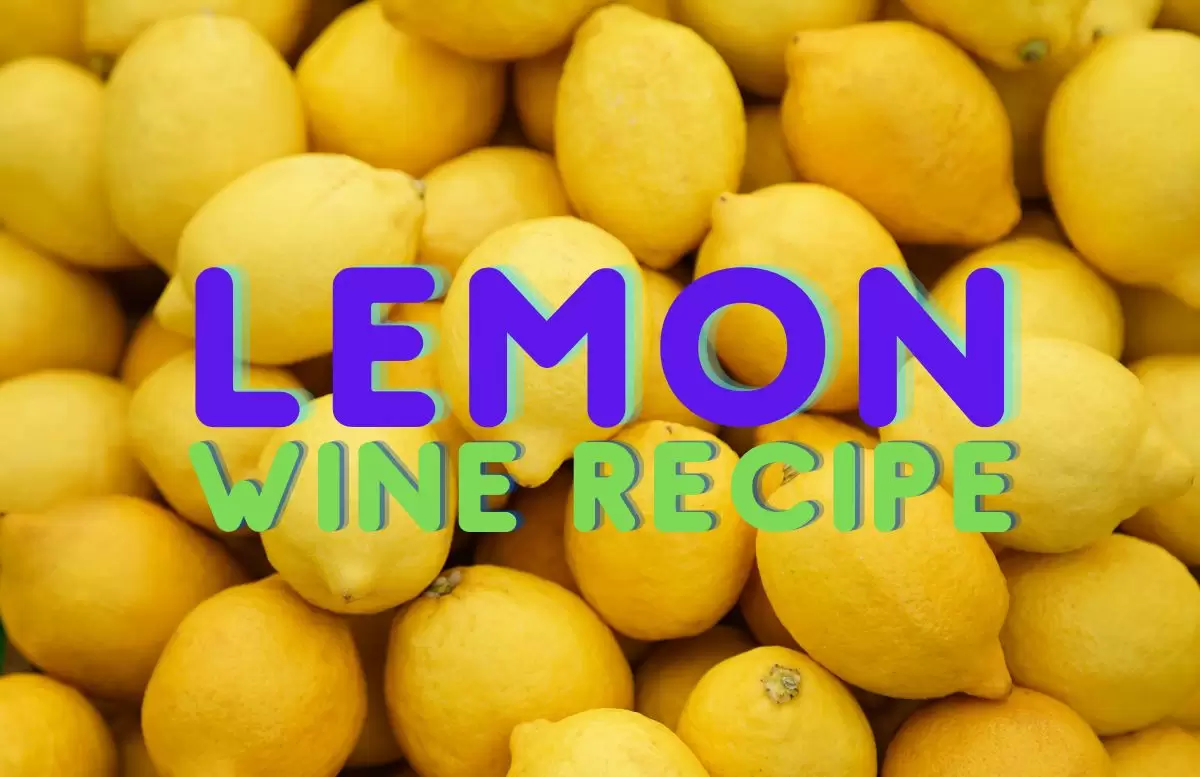

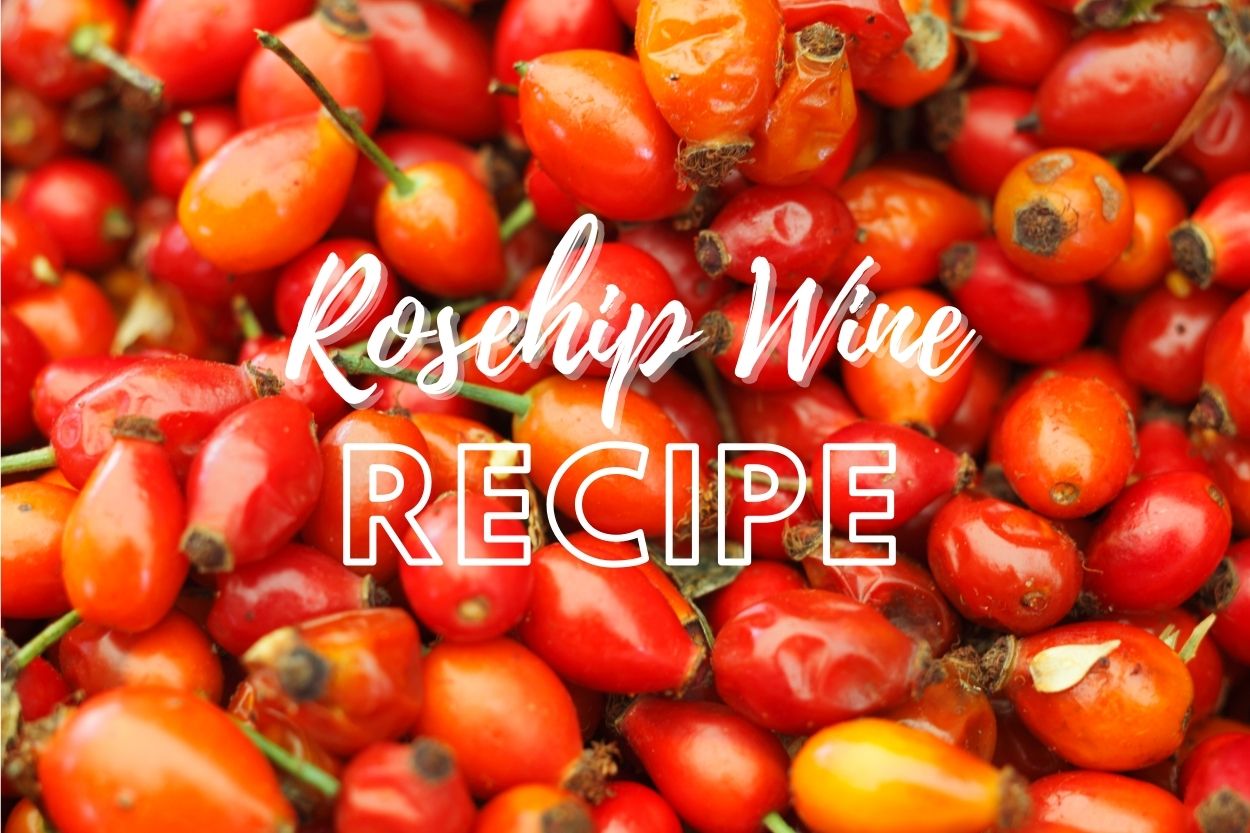
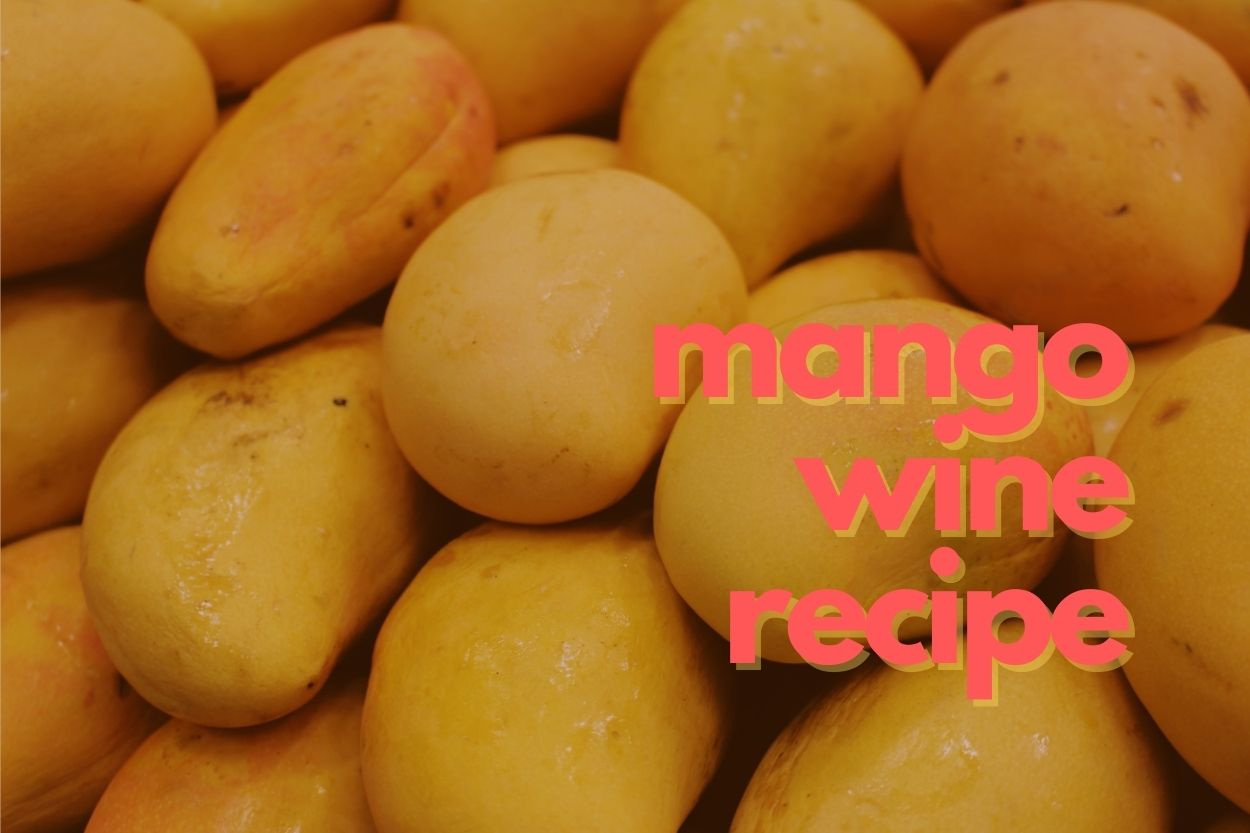
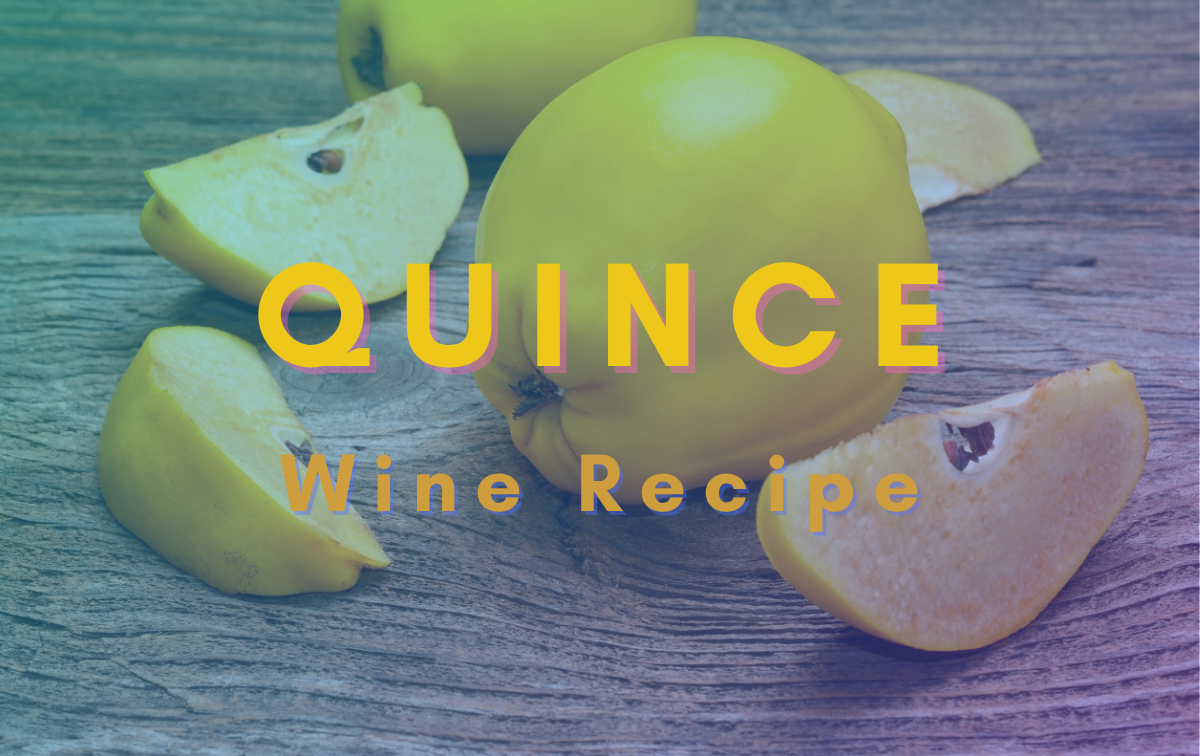
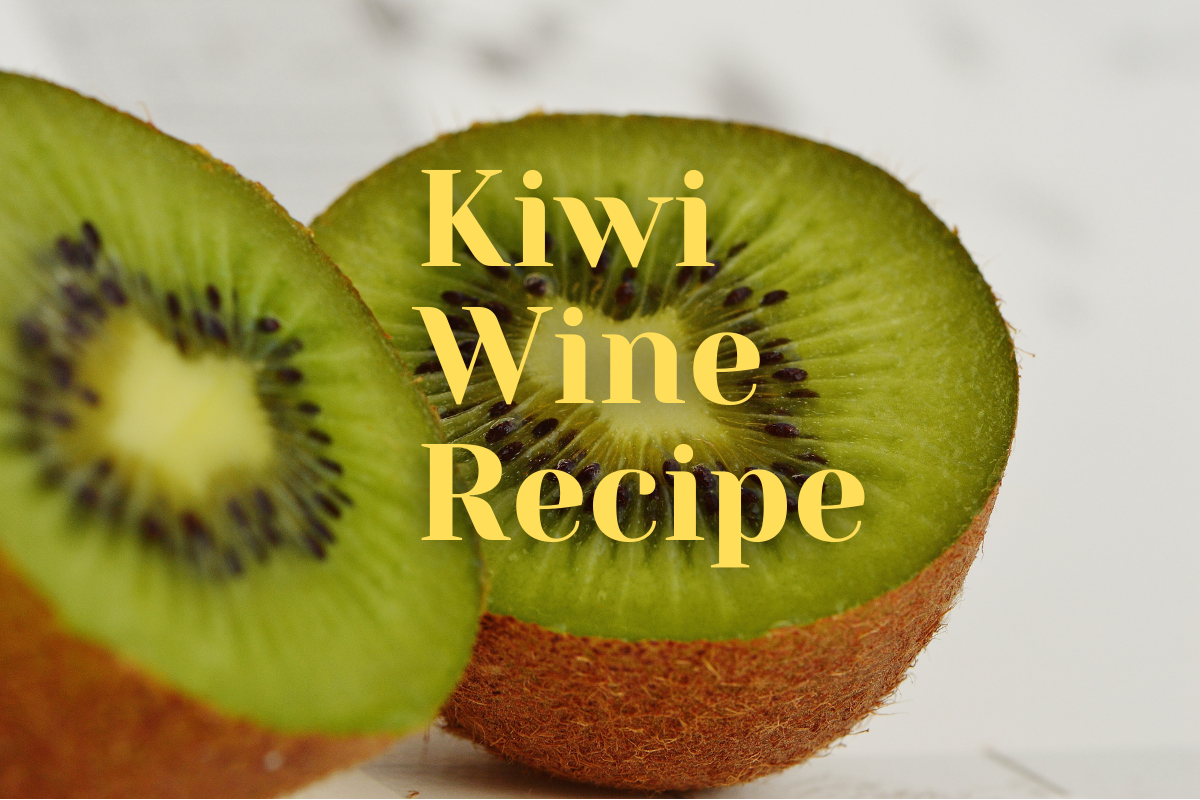
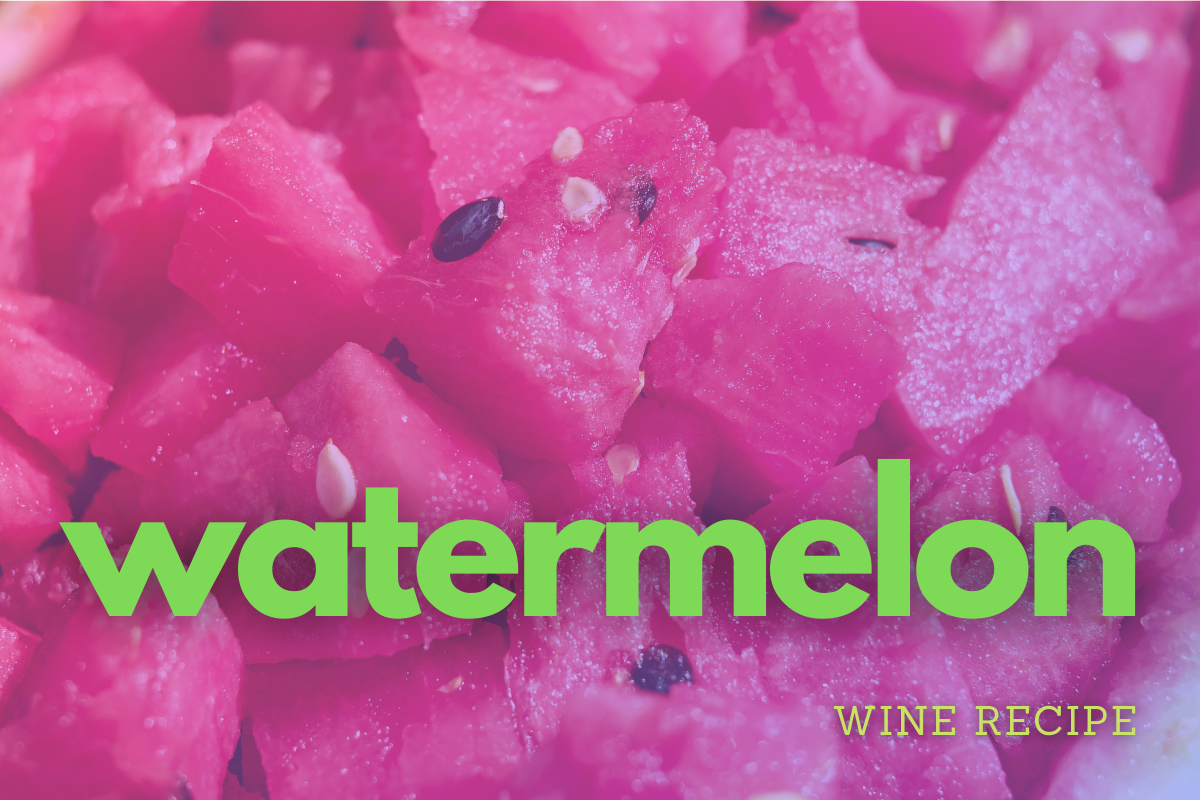
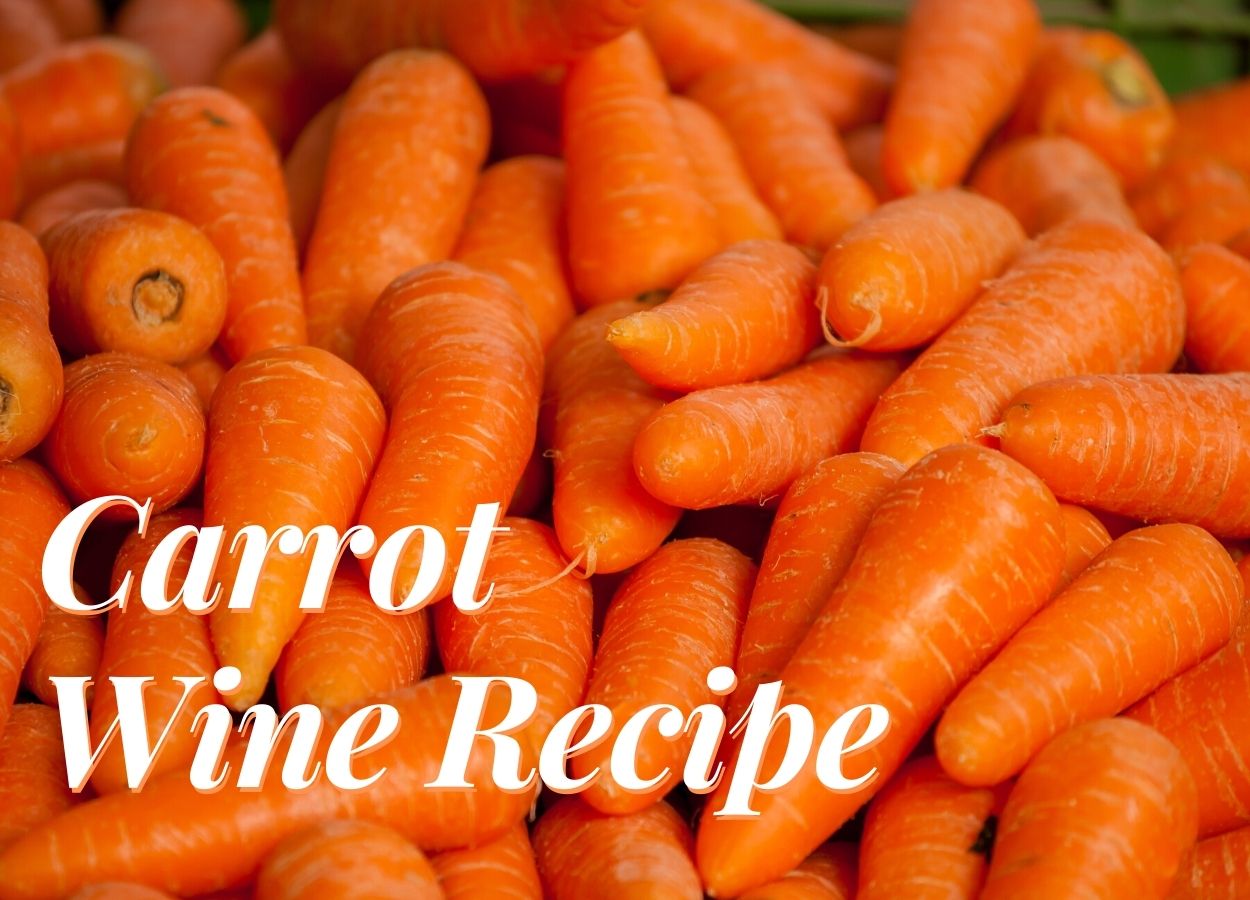
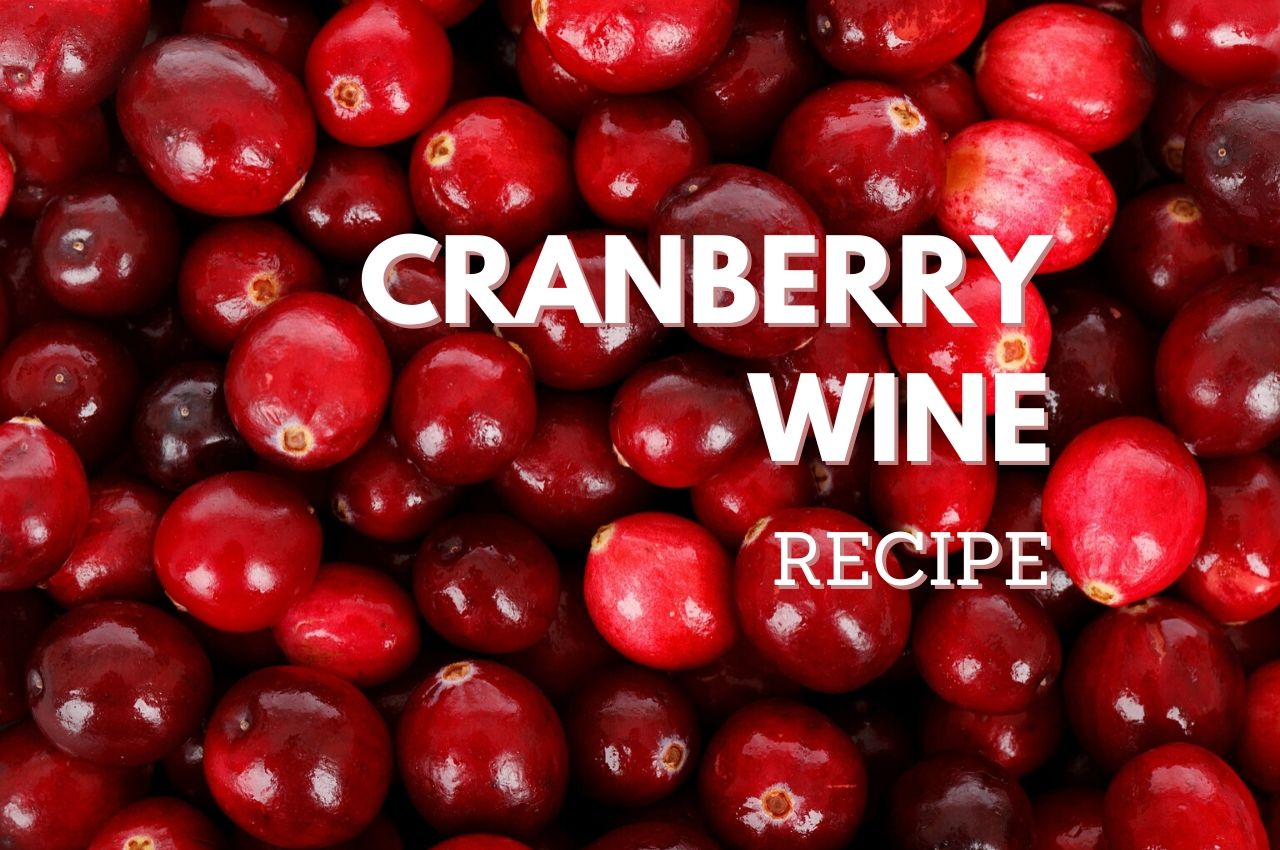
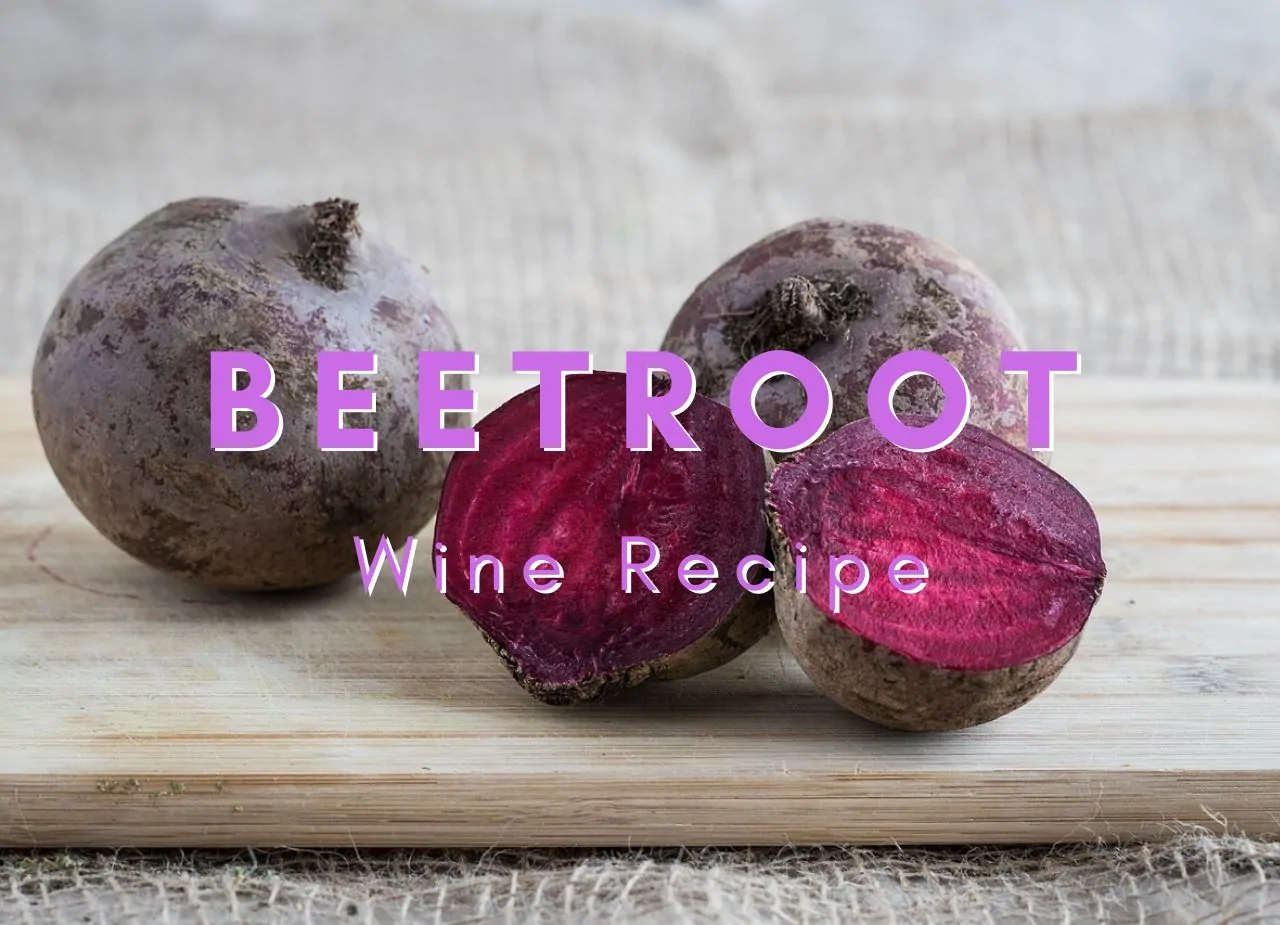

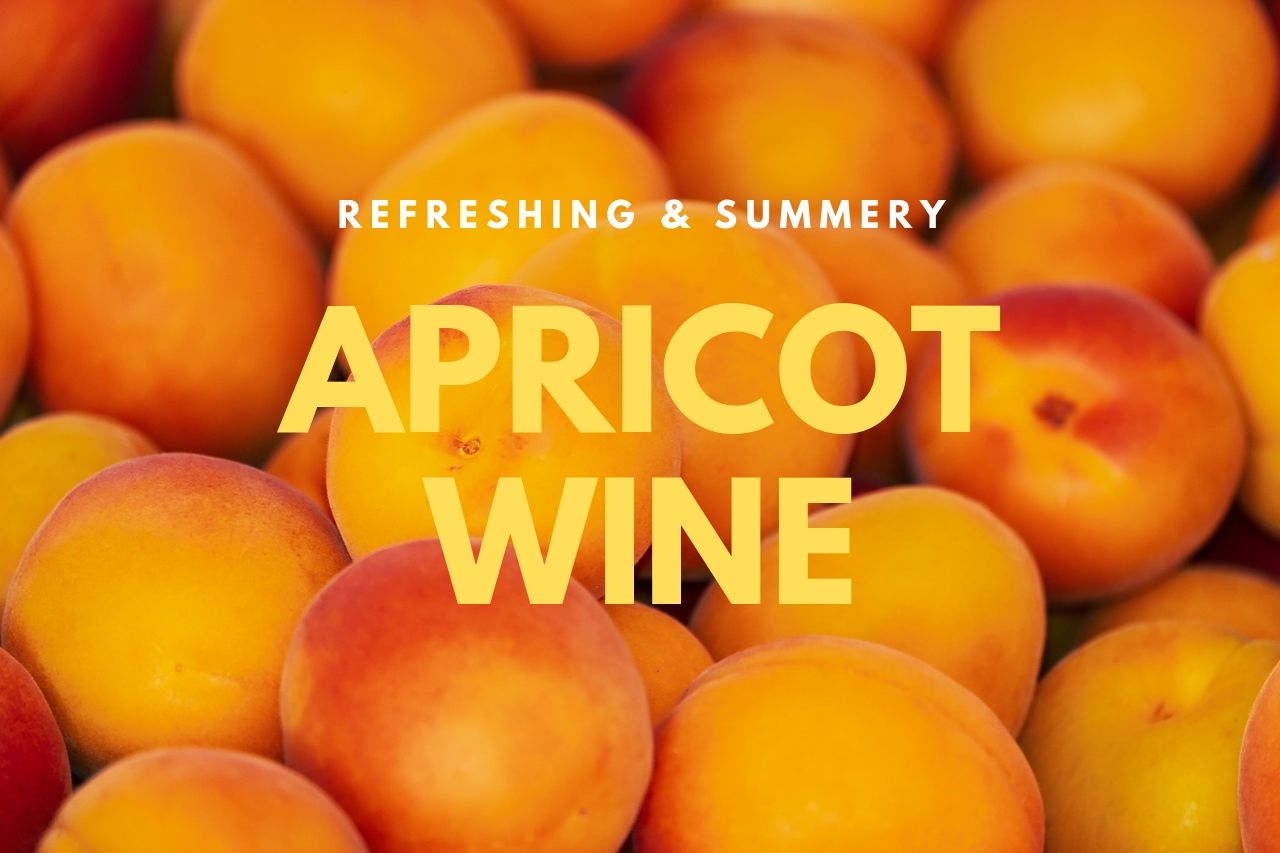
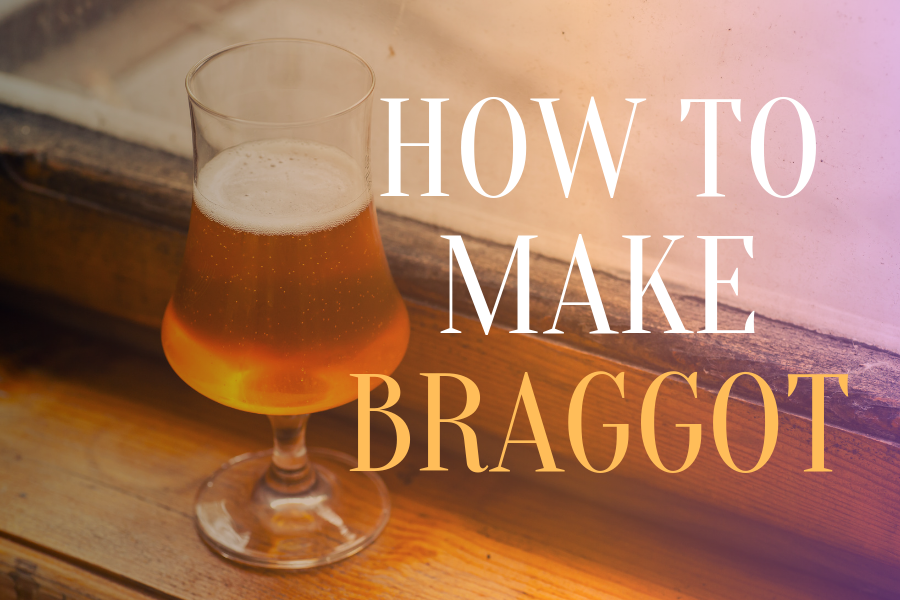
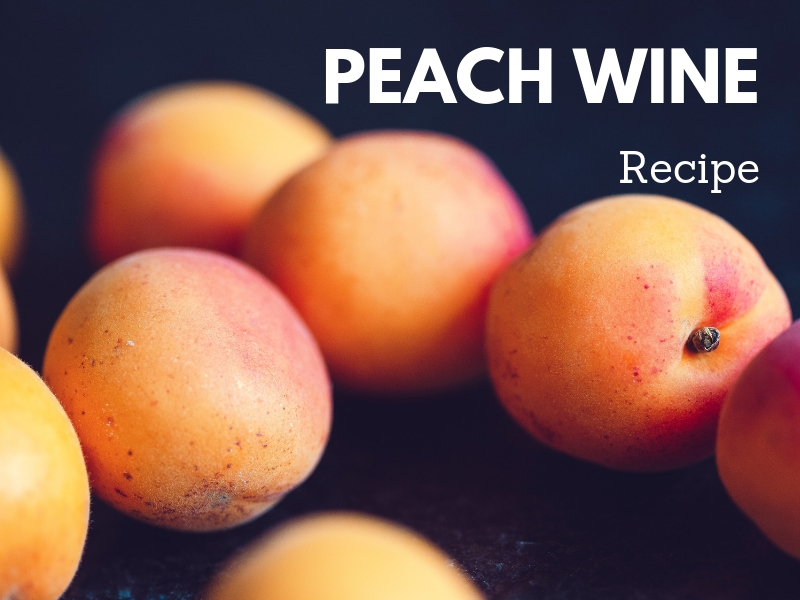
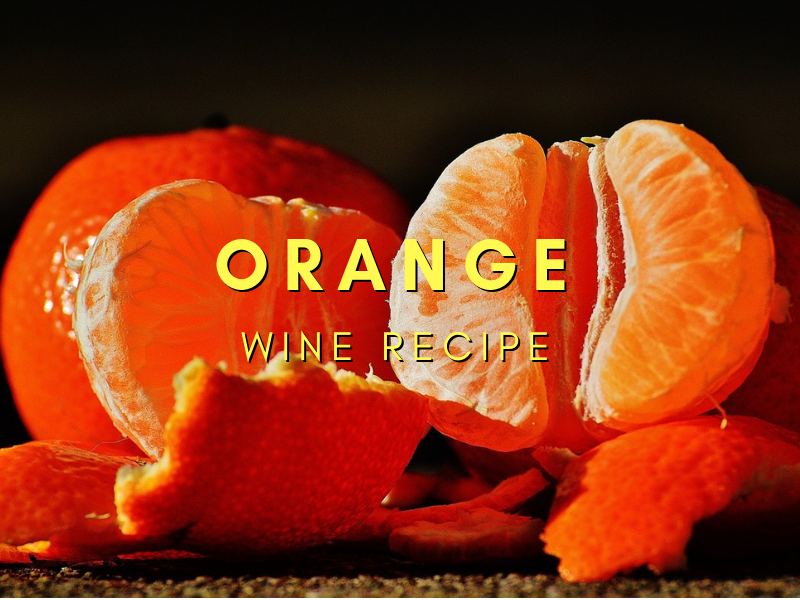
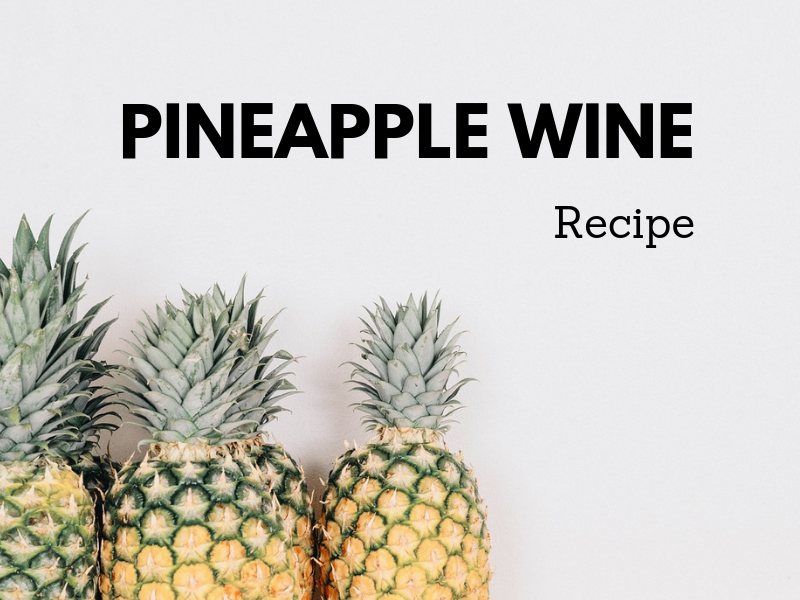
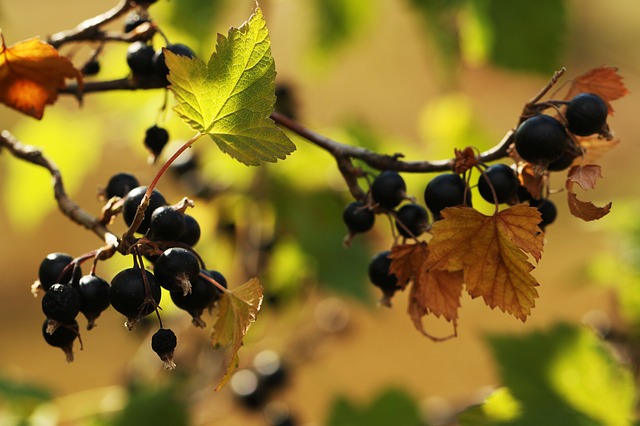
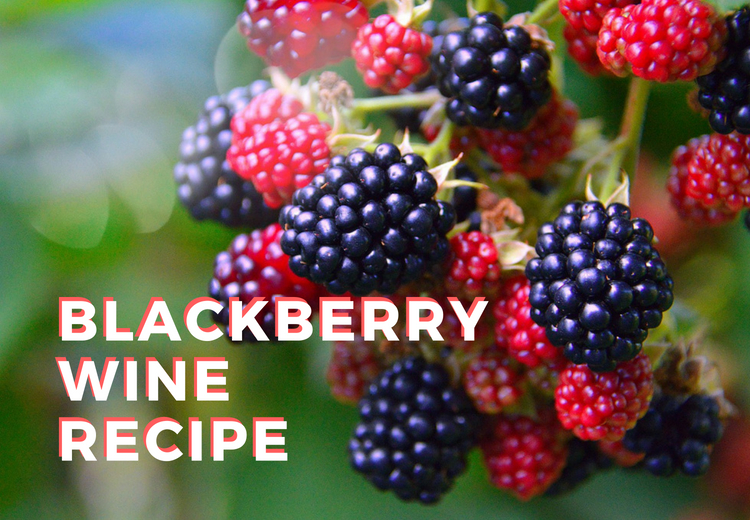

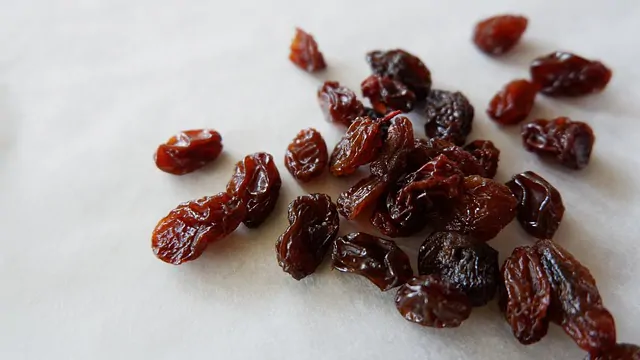

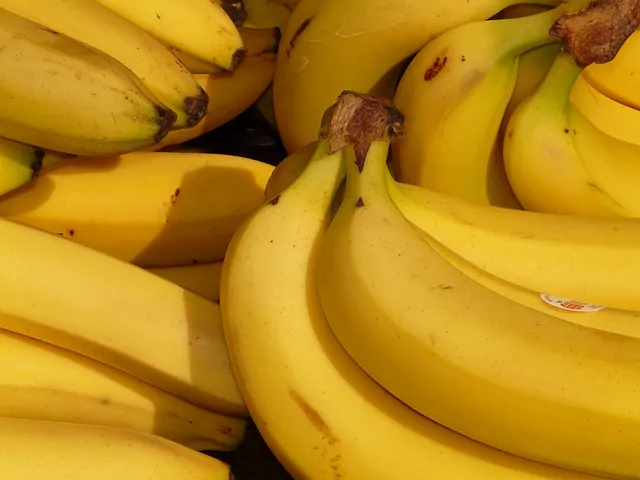
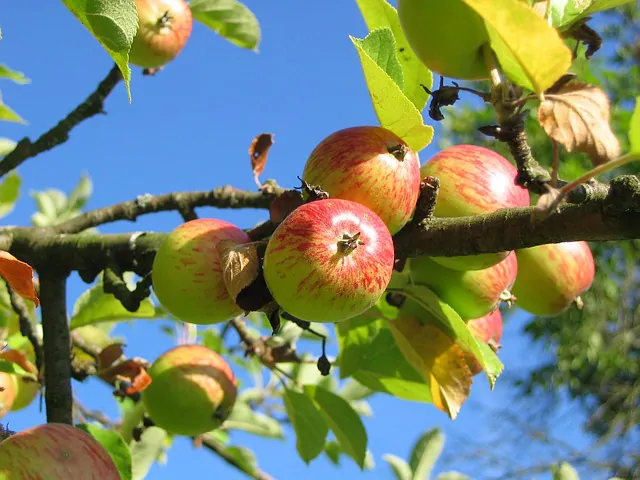
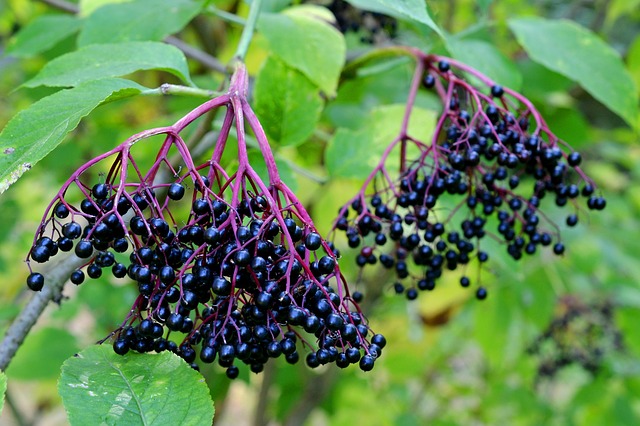
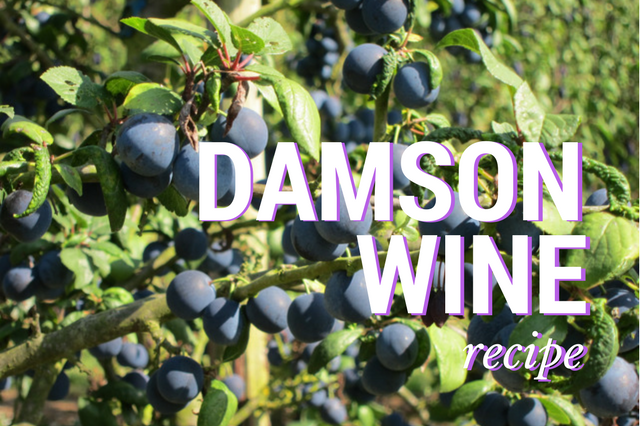
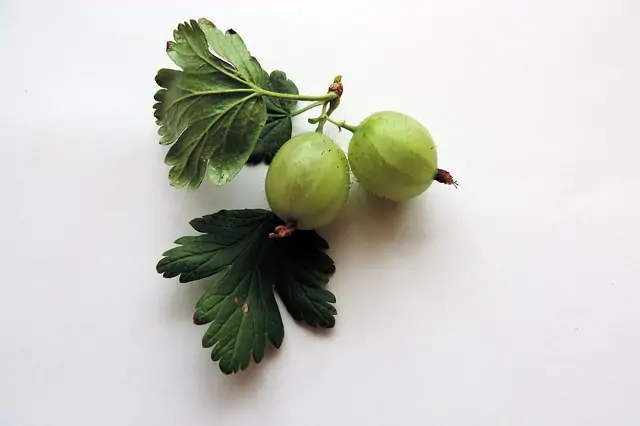
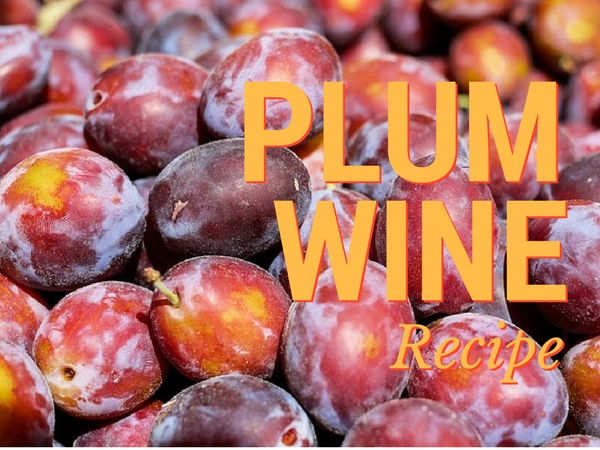

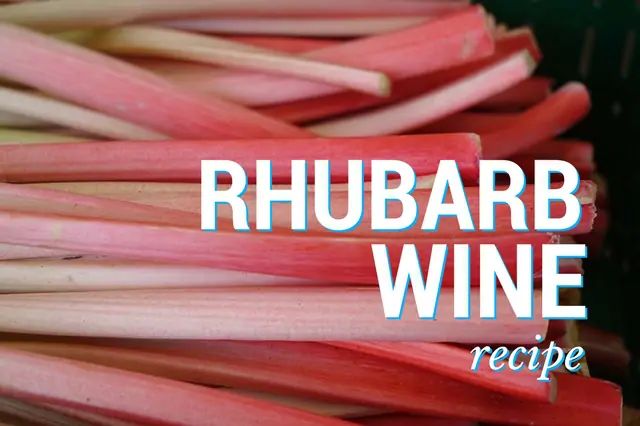
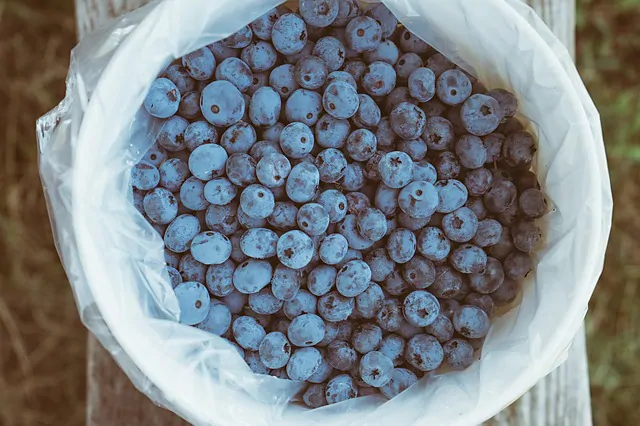
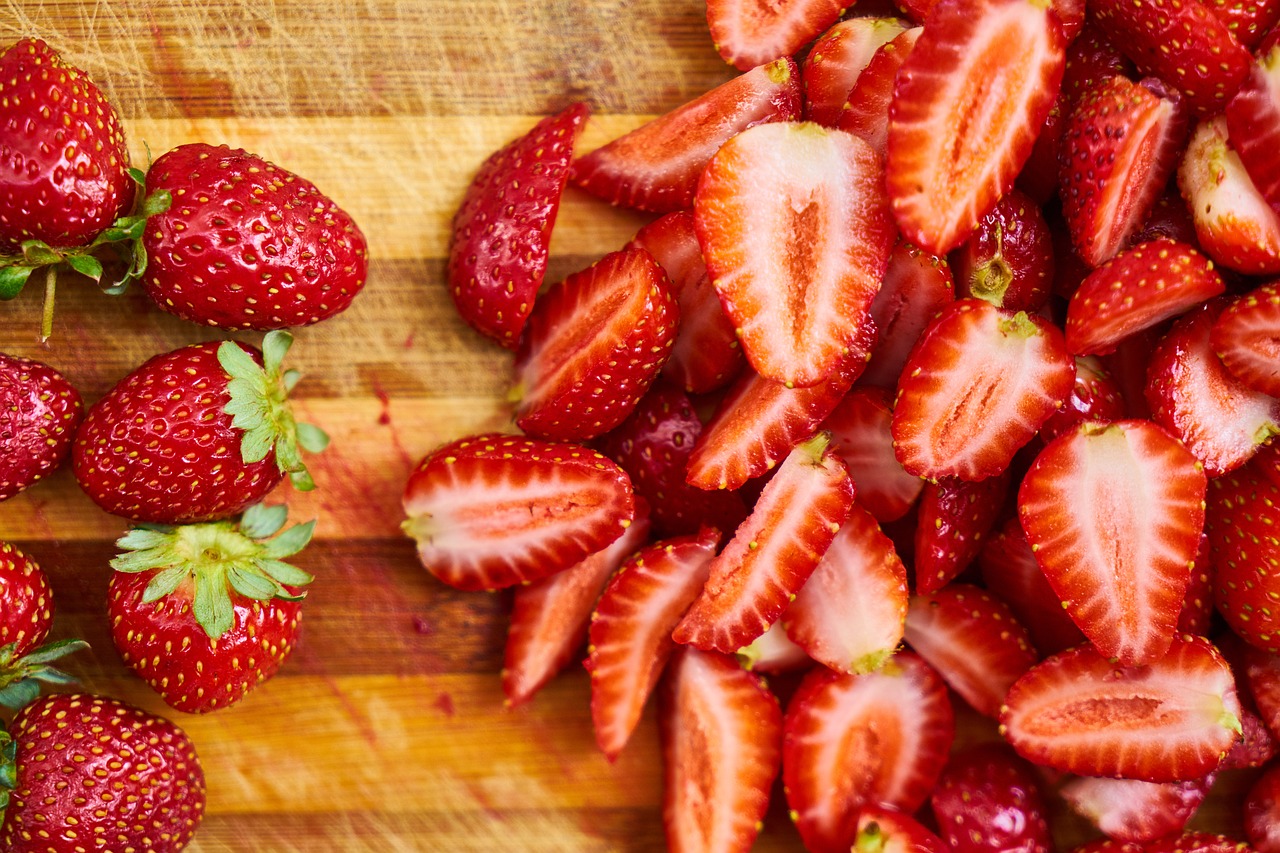

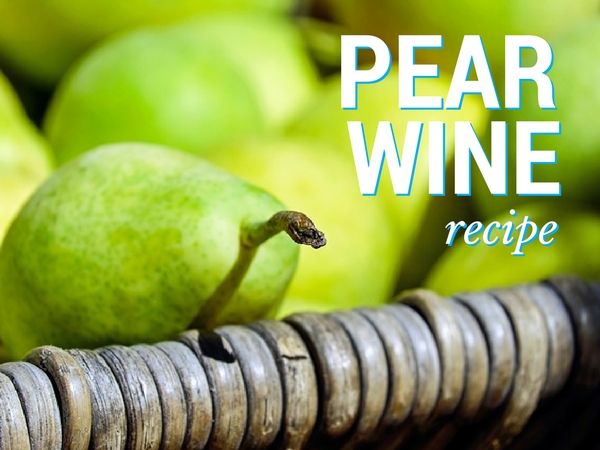

Leave a Reply
Want to join the discussion?Feel free to contribute!